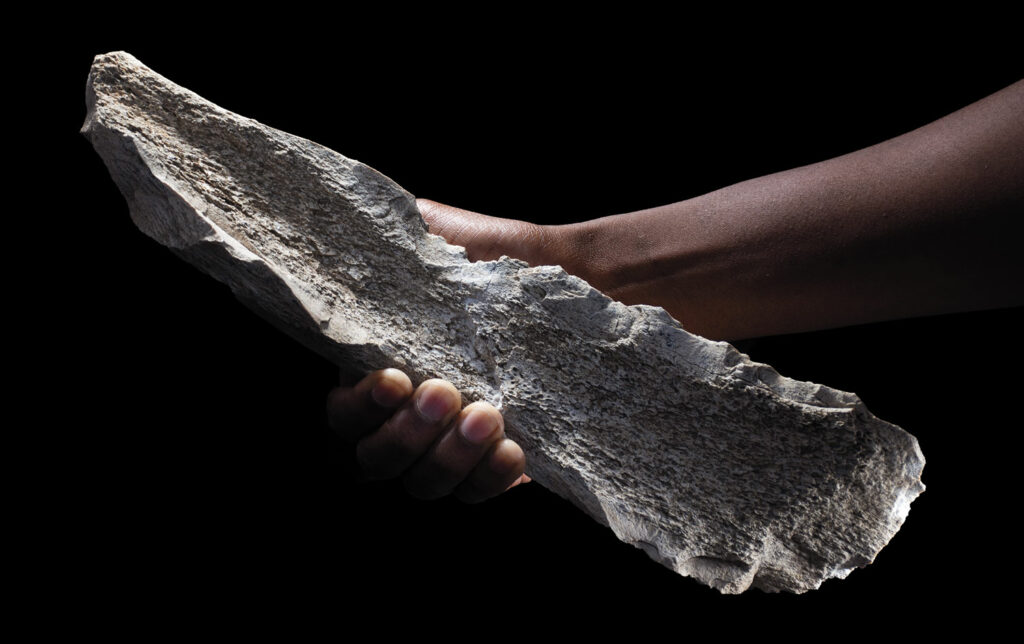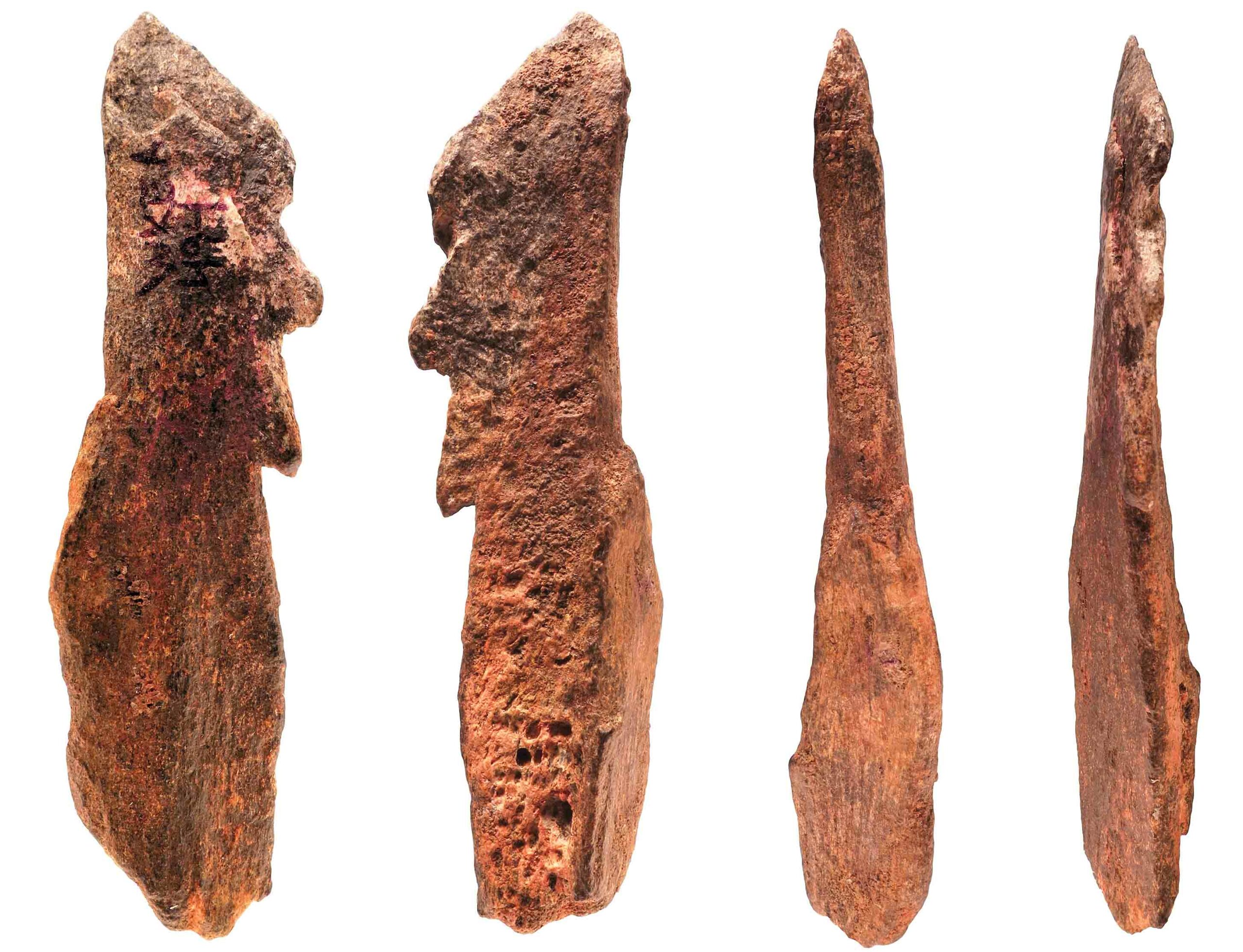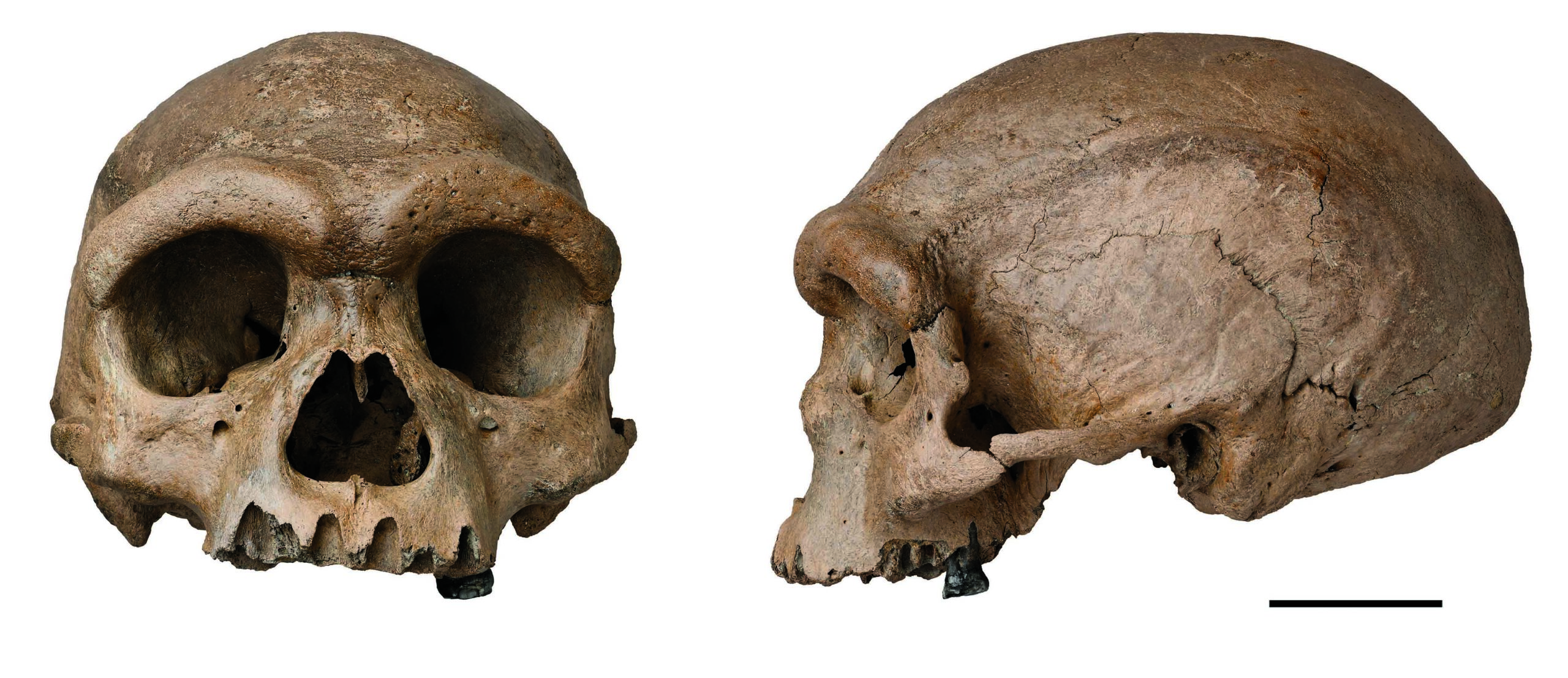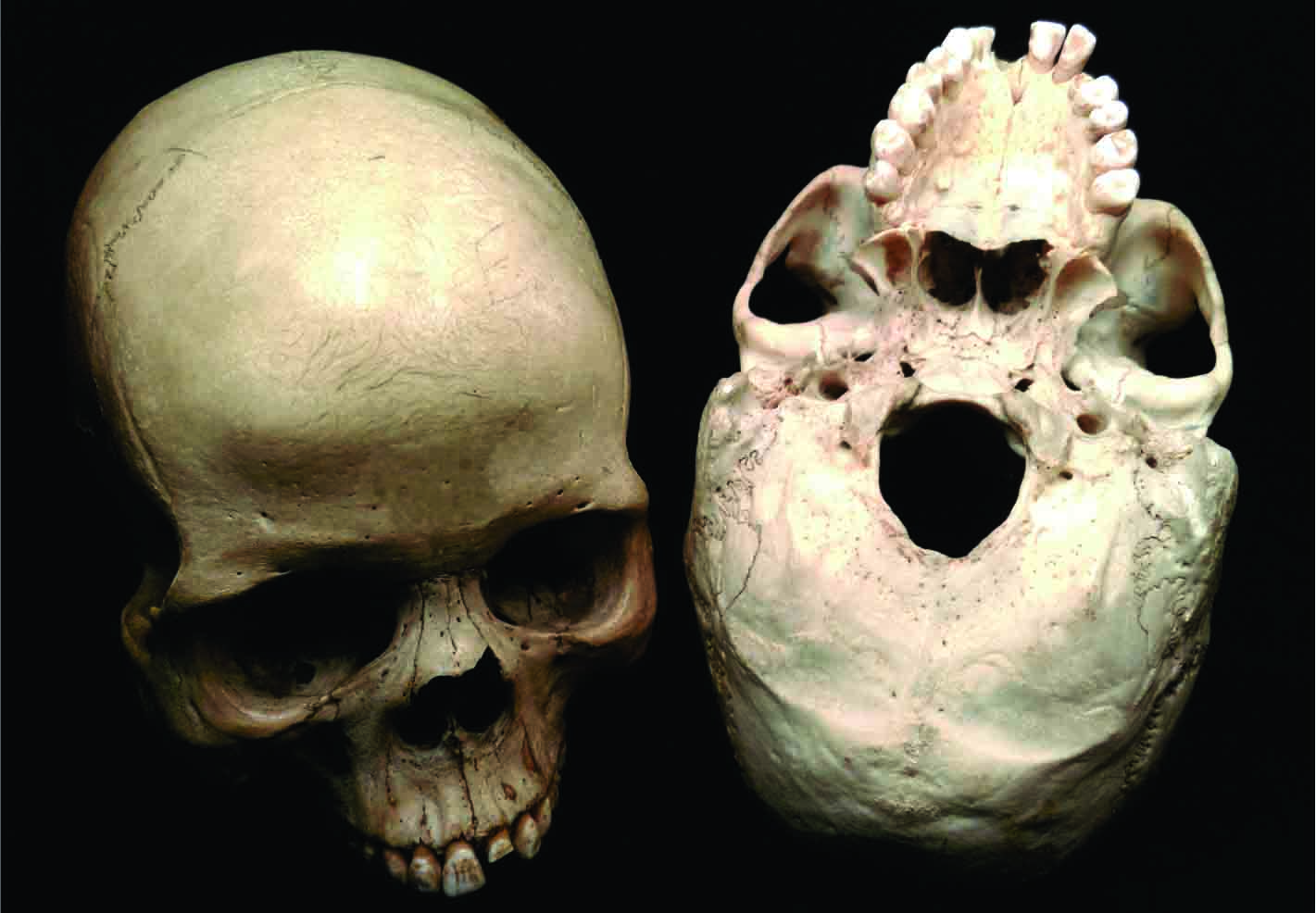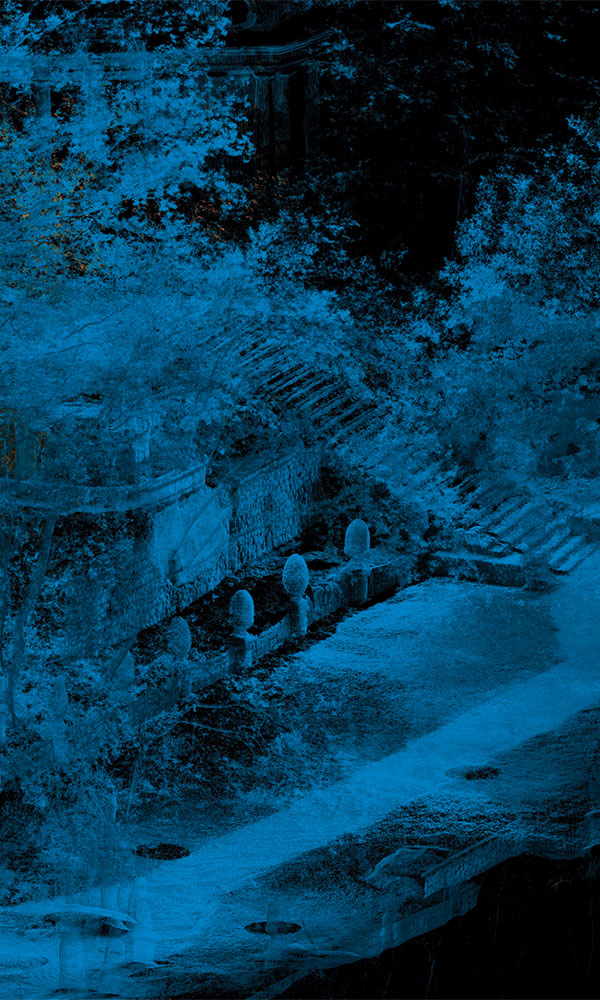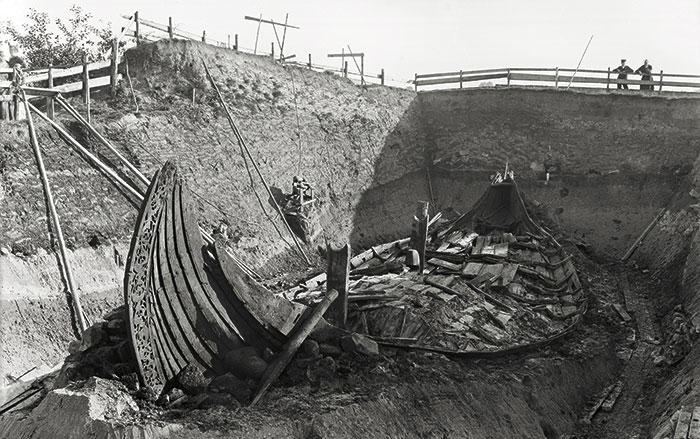Researchers excavating at a site in northern Tanzania’s Olduvai Gorge have unearthed bone implements made by human ancestors 1.5 million years ago. This is around a million years earlier than scholars had believed hominins regularly fashioned tools from bone. The team, which includes paleoanthropologist Jackson Njau of Indiana University Bloomington, discovered 27 bones, mostly parts of elephant and hippopotamus limb bones, that showed clear signs of having been worked and used as tools for chopping carcasses. All were found in the same geological layer and were likely crafted by toolmakers who belonged to the species Homo erectus. “These finds mark a pivotal moment in human history,” says Njau. He emphasizes that the tools date to a period when hominins were transitioning from the relatively simple Oldowan tradition, which arose roughly 2.6 million years ago—the earliest stone tool industry—to the more sophisticated Acheulean tradition, which is characterized by large stone hand axes worked on both sides.
The team speculates that the toolmakers who fashioned the earliest Acheulean hand axes may have modeled them on heavy-duty bone tools such as the ones unearthed in the Olduvai Gorge, some of which are more than a foot long. If these human ancestors transferred techniques that they learned from working bone to creating stone tools, it would suggest they were more cognitively advanced than previously believed. Njau notes that there are many collections of bones found at other Olduvai Gorge sites from the same geological layer in which evidence of tool use might have been overlooked. “I plan to revisit these collections soon in hopes of uncovering even more insights,” he says.
